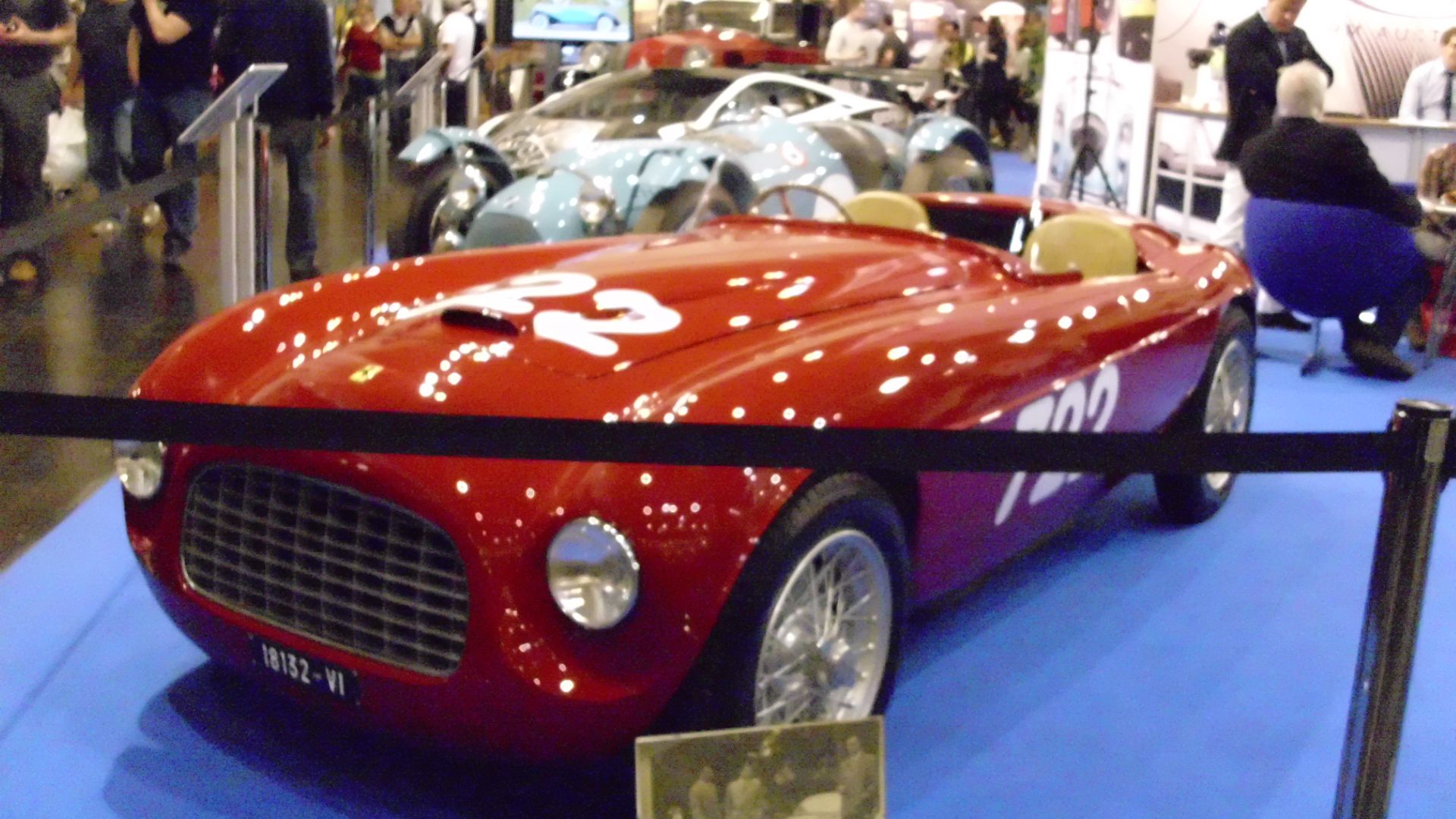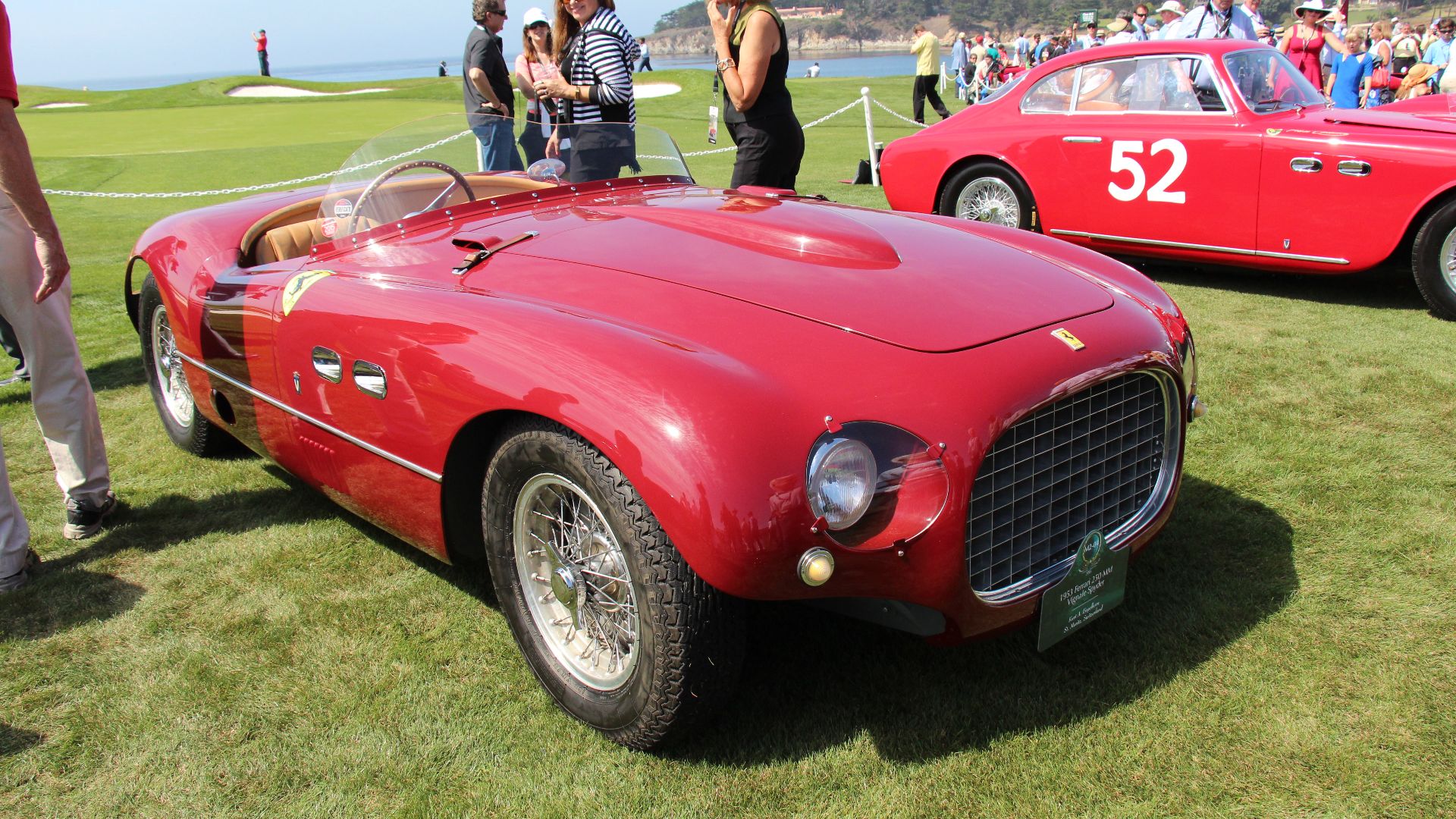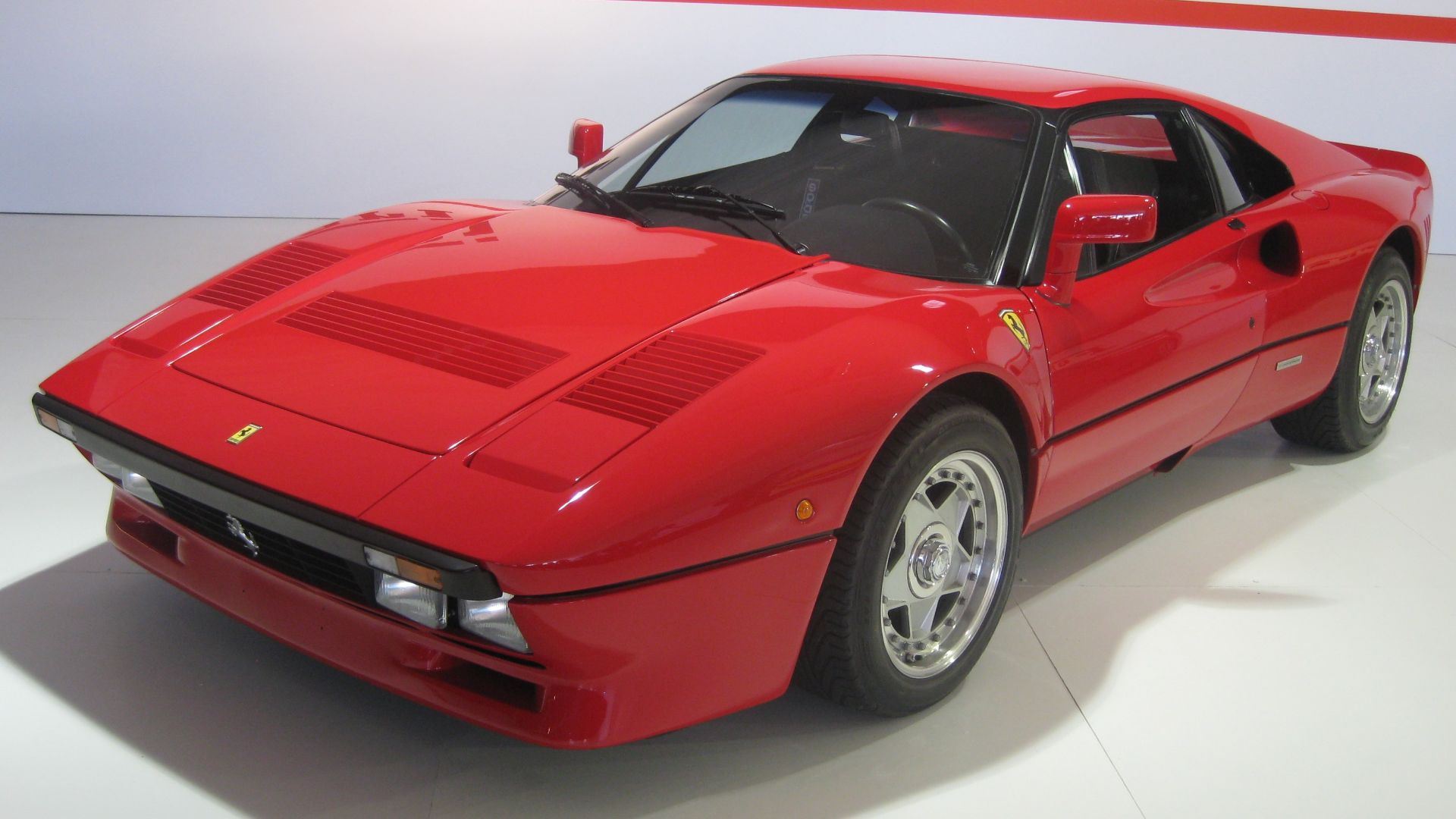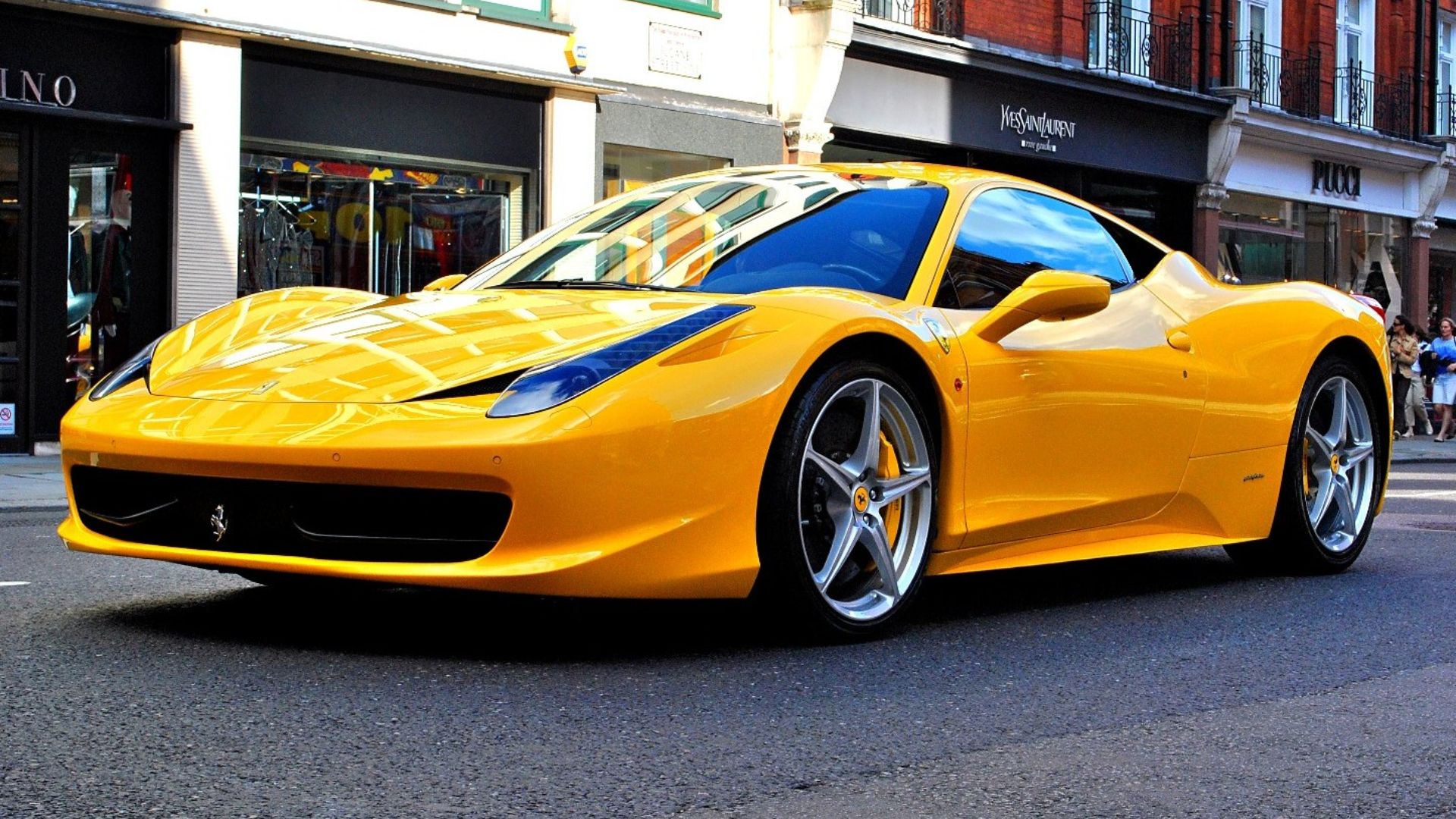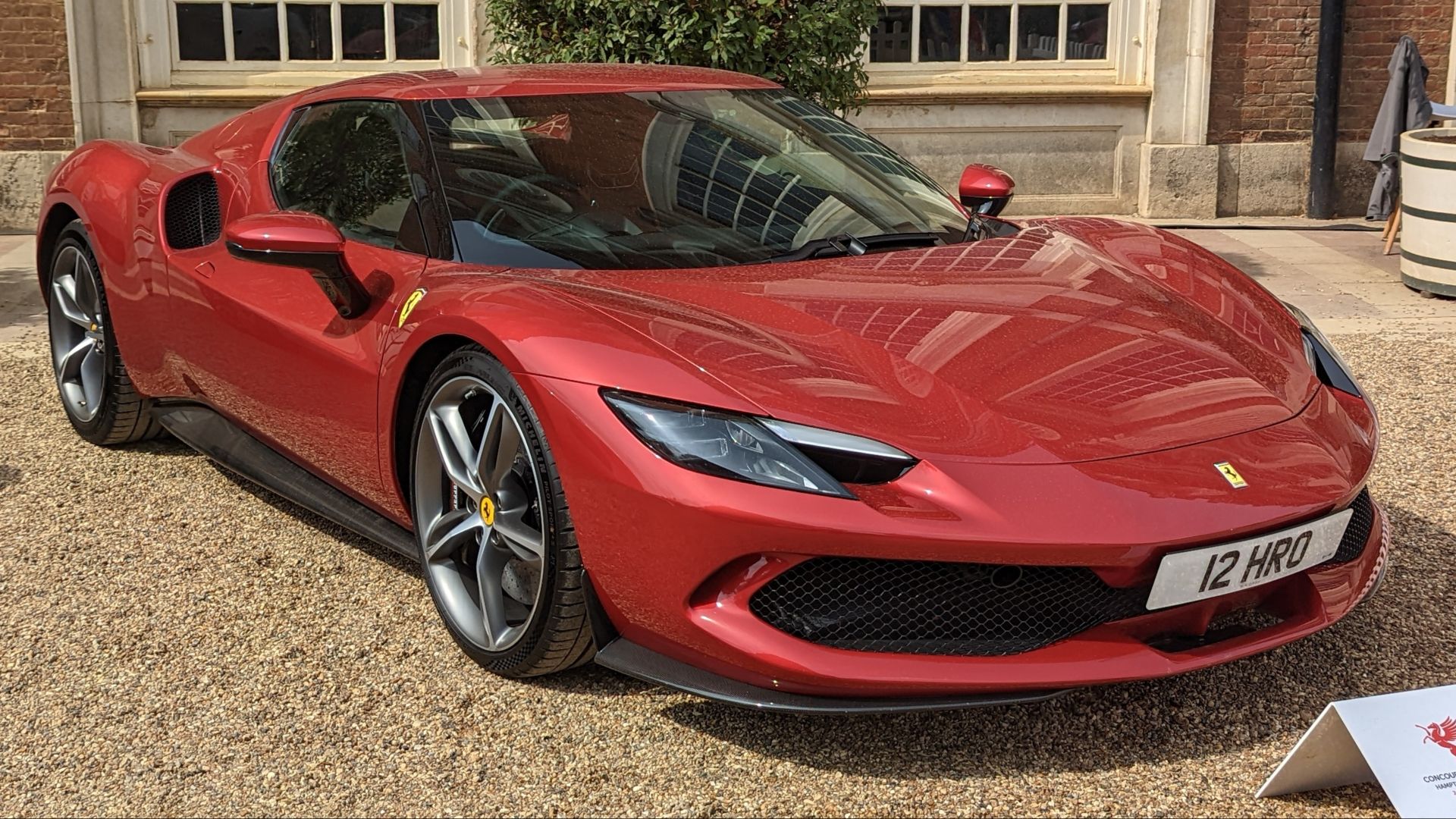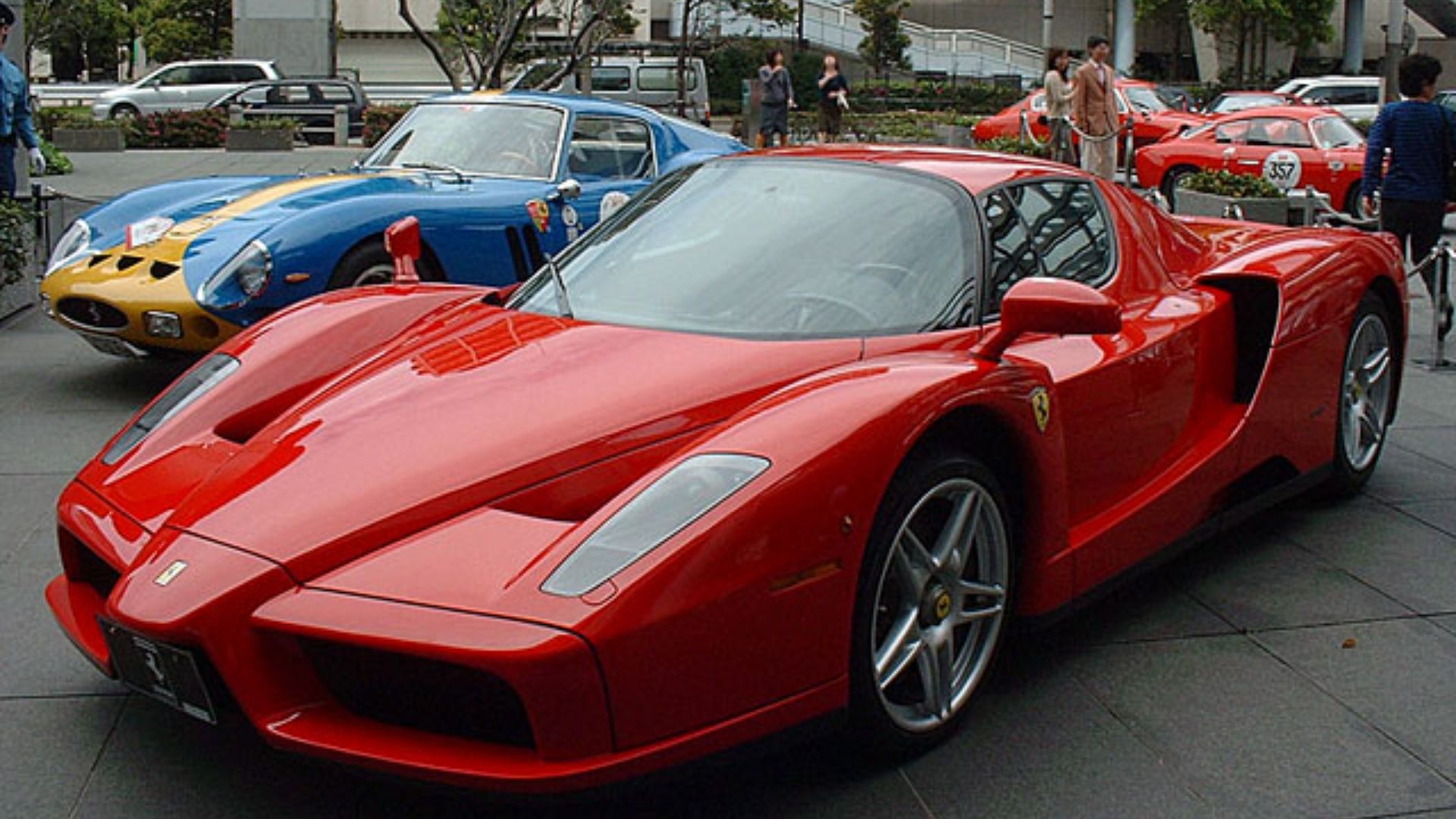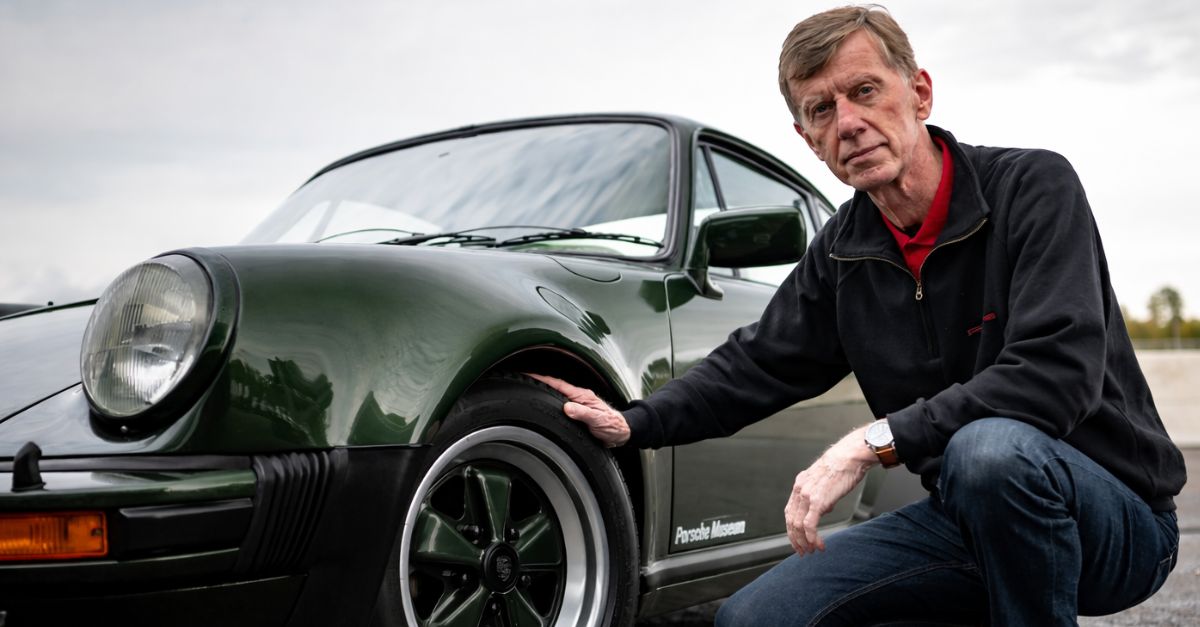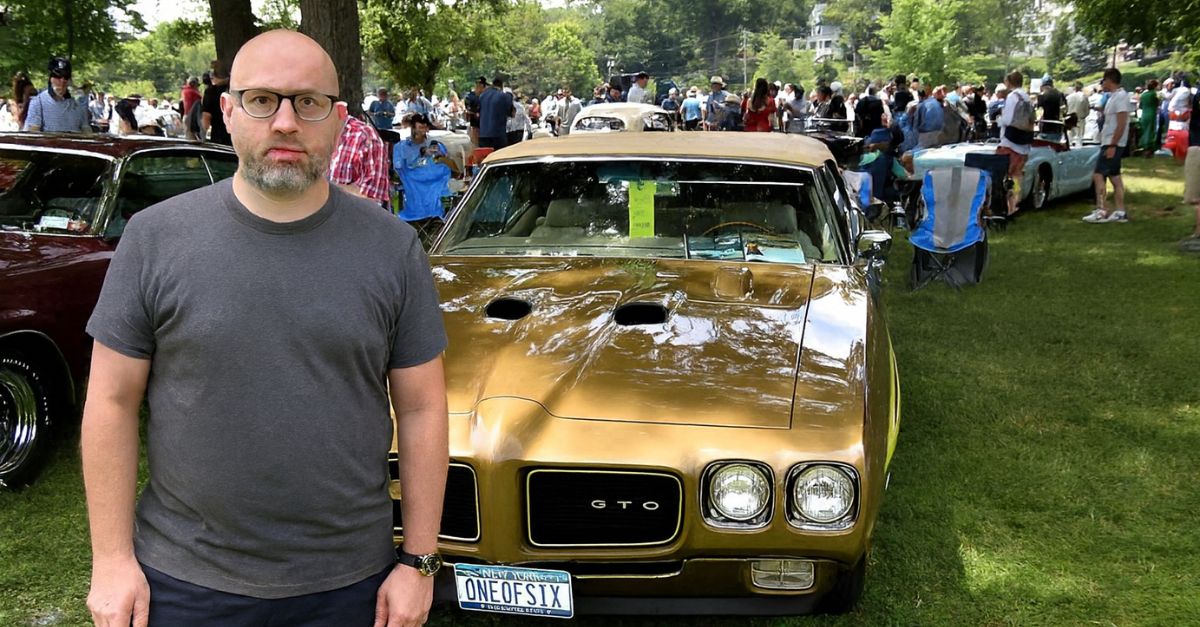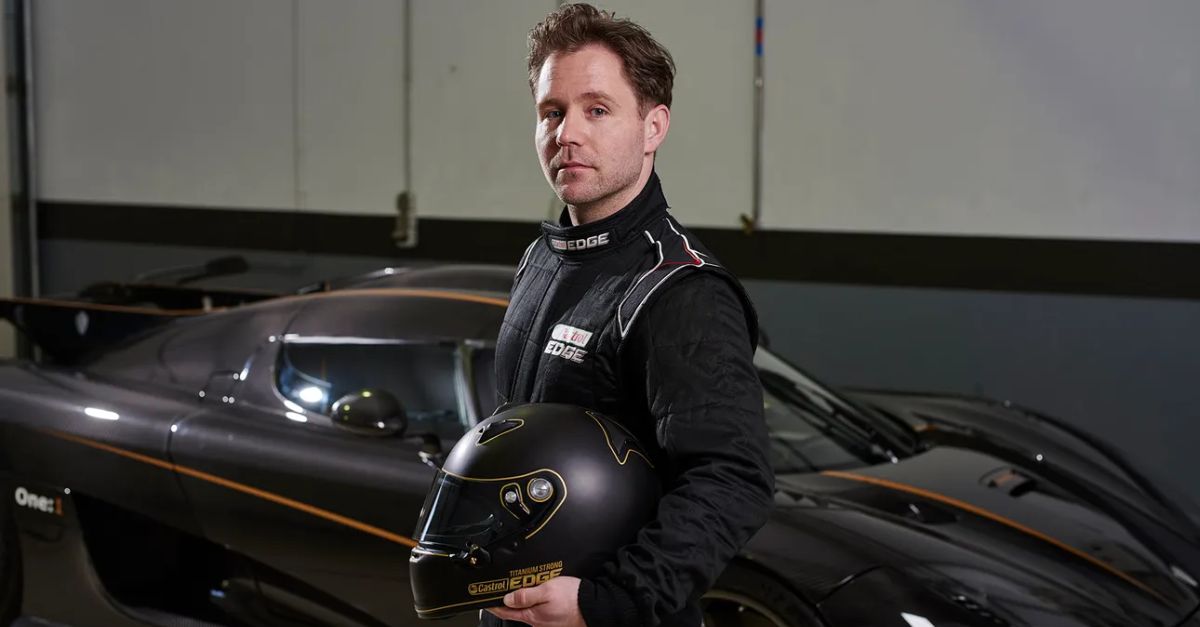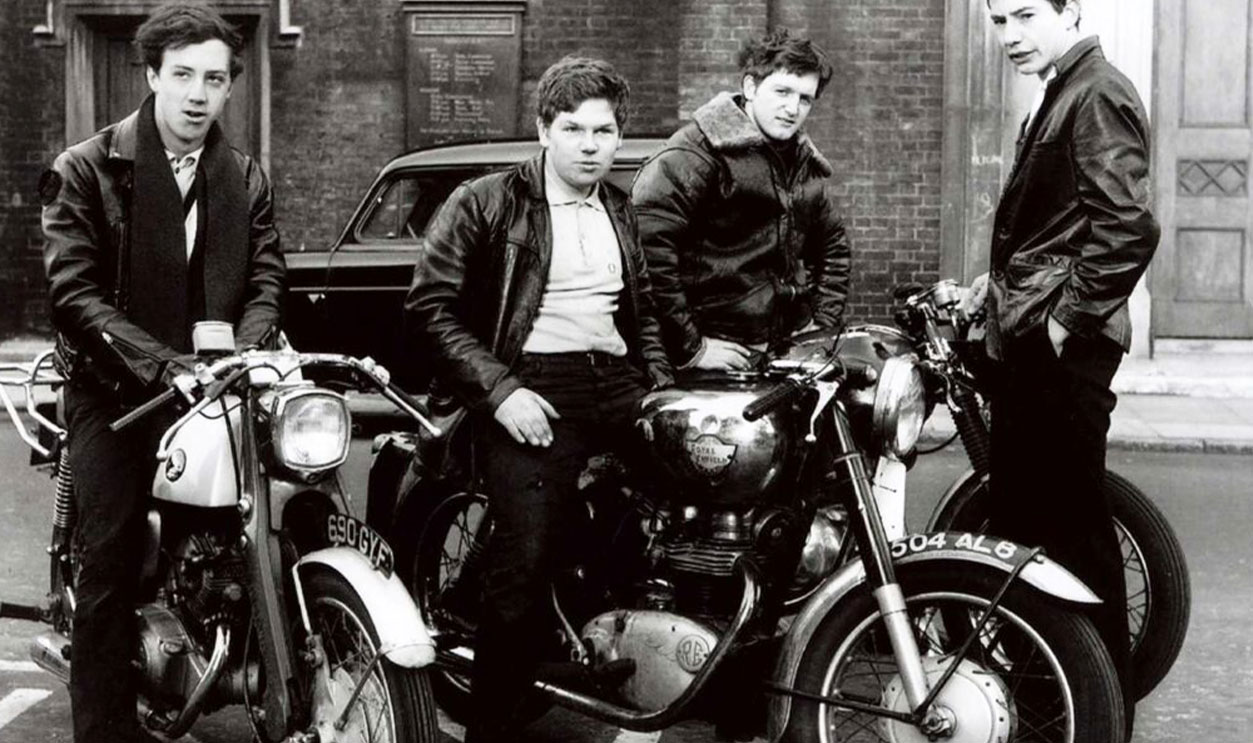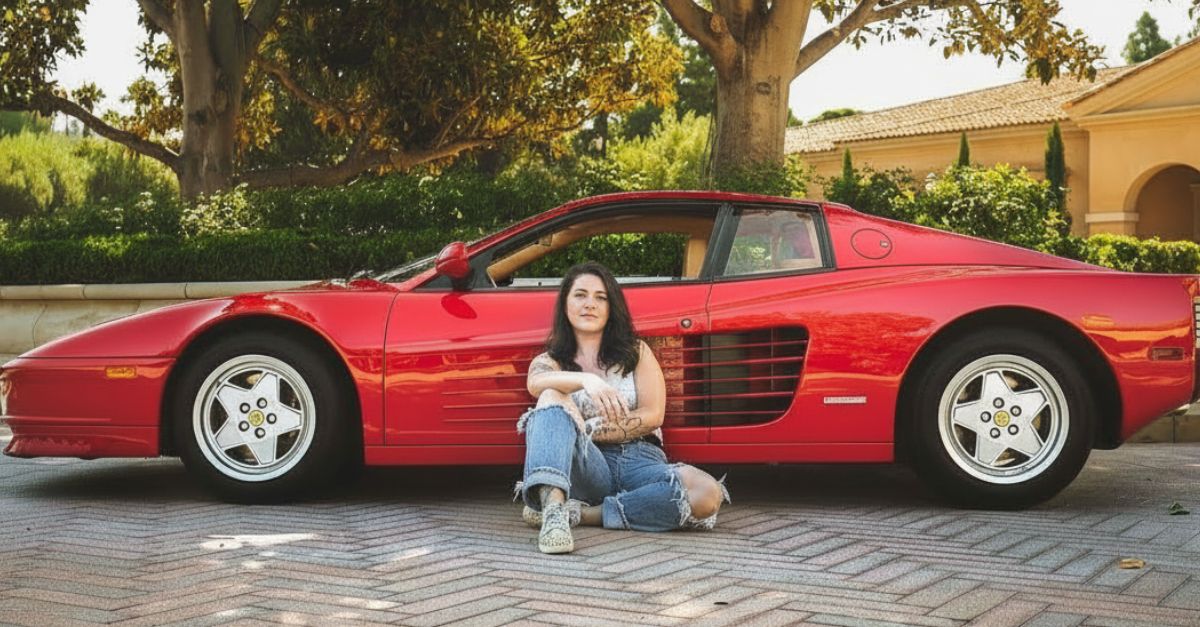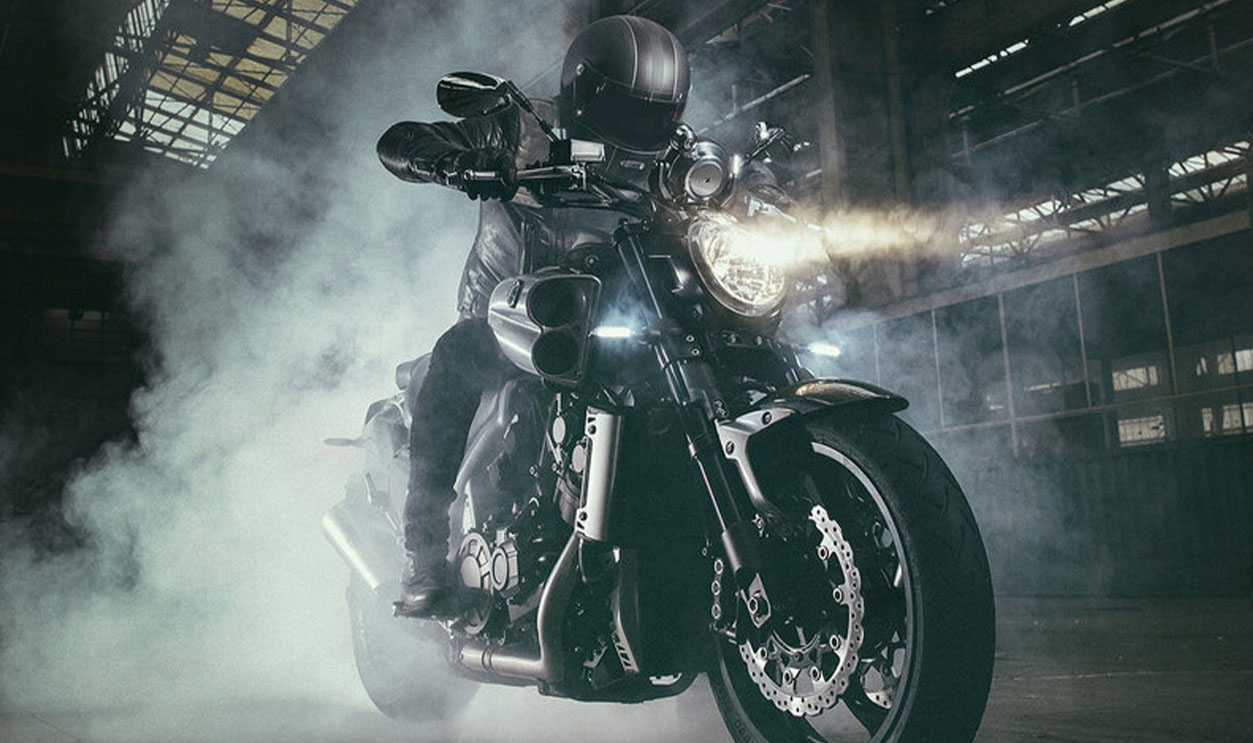Ferrari's Journey From Racing Dominance To Forward-Thinking Hybrid Hypercars
Since its founding in 1947, Ferrari has stood as a symbol of performance, elegance, and cutting-edge design. From the racetrack that defined the company's early years, under the guiding genius of Enzo Ferrari, to the modern-day supercars that break records and technological barriers. Innovation and a fierce appetite for success has guided the company for the last 80 years, despite the loss of it's patriarch.
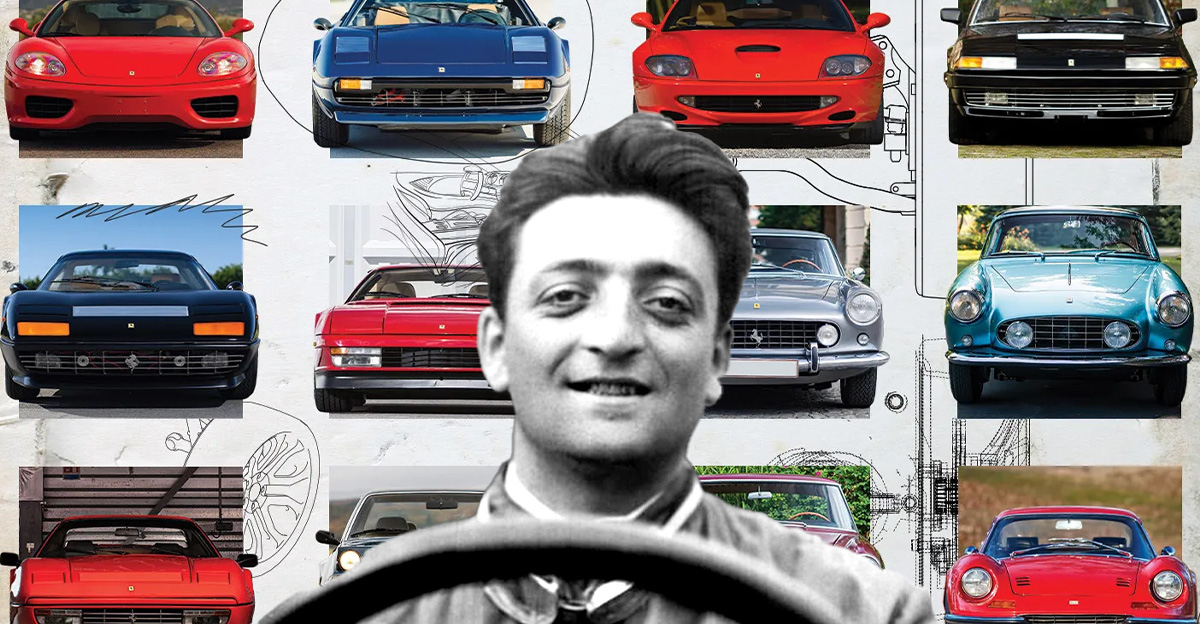
The 1940s: The Birth of Ferrari
The very first Ferrari, the 125 S, emerged in 1947 with a 1.5-liter V12 engine producing 118HP. Designed by Gioachino Colombo, the car was a bold debut for a company that would soon become a motorsport legend. With a top speed of around 130 mph, the 125 S was lightweight, agile, and purpose-built for racing.
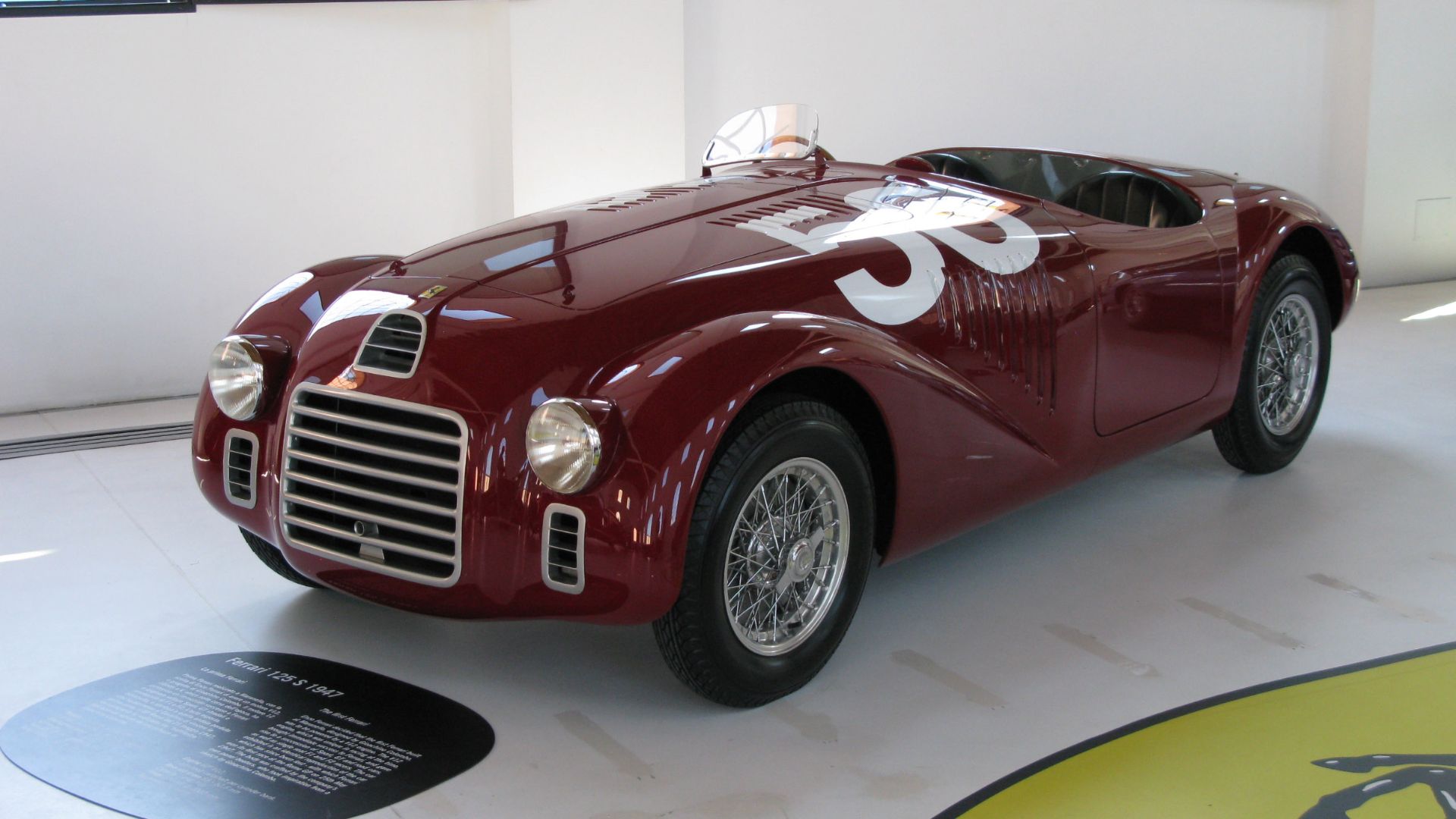 Herranderssvensson, Wikimedia Commons
Herranderssvensson, Wikimedia Commons
1948 166 Inter
Shortly afterward, Ferrari introduced its first true grand tourer—the 166 Inter in 1948. The coupe was styled by Carrozzeria Touring with a V12 engine that roared to a 93MPH top speed, while producing 110HP. The 166 is widely considered one of Ferrari's rarest-ever cars, with just 12 being produced by the fledgling company between 1948 and 1950.
The 1950s: Ferrari Achieves Racing Dominance
Ferrari began it's journey as a company in the racing world in the 1950s, with numerous cars built specifically for European racing competitions, including the Ferrari 250 MM from 1953. It was a direct product of Ferrari’s Mille Miglia victories. Powered by a 3.0L V12 engine that produced 240HP and a top speed of 155 MPH, its sleek aluminum body and bullet-shaped design were critical to Ferrari's racing success. It was the company's first true racer.
1959 250 GT Berlinetta SWB
By the end of the decade, Ferrari delivered the 250 GT Berlinetta SWB. With 280HP and a top speed of 152 mph, this short-wheelbase grand tourer combined racing pedigree with road-going comfort. Styled by Pininfarina, it was a major step toward the iconic 250 GTO and remains one of Ferrari’s most beloved classics.
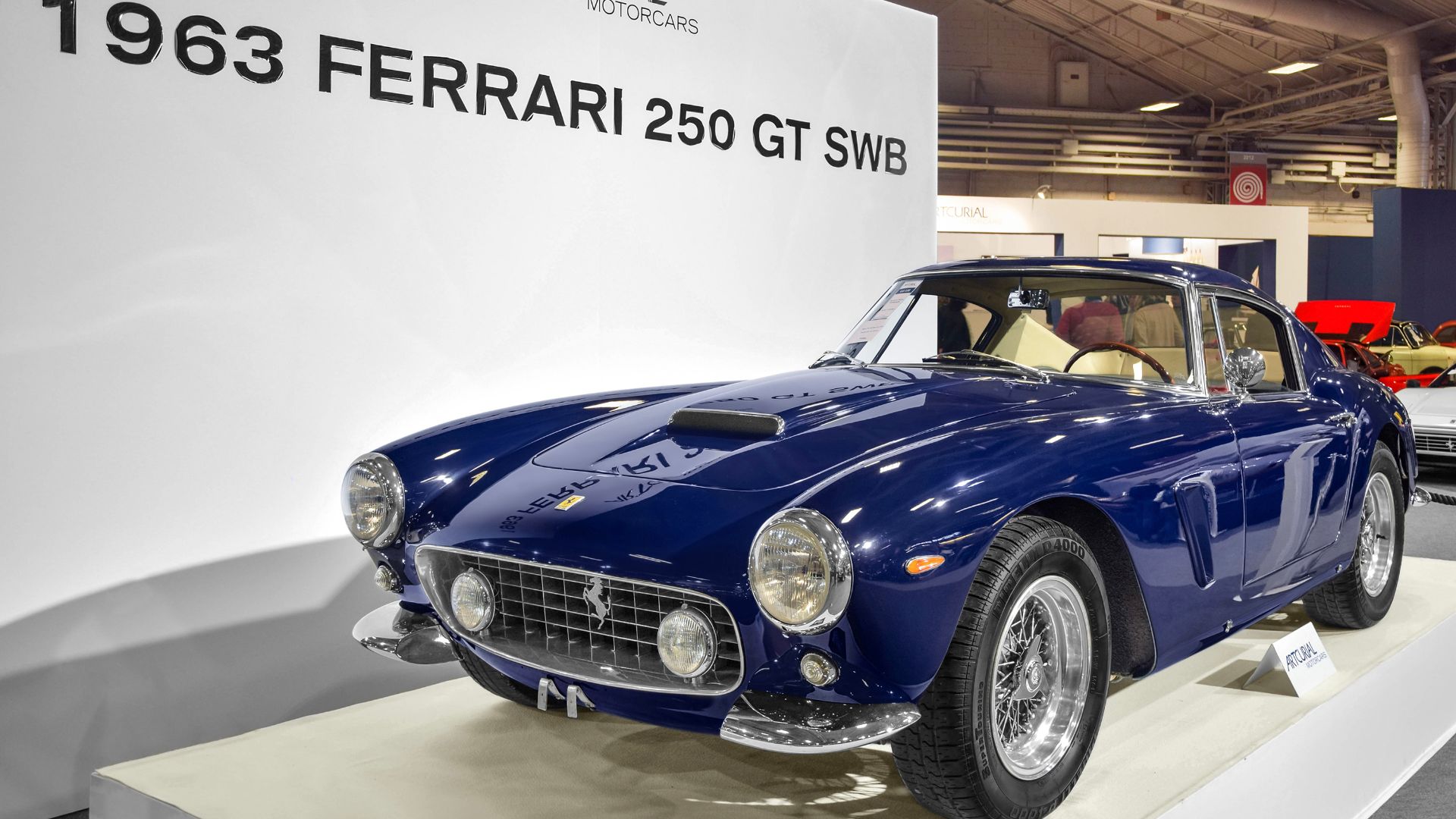 Alexandre Prévot from Nancy, France, Wikimedia Commons
Alexandre Prévot from Nancy, France, Wikimedia Commons
The 1960s: Timeless Icons
The 1960s brought forth perhaps the most celebrated Ferrari of all time: the 1962 250 GTO. A fusion of stunning form and formidable function, the GTO delivered 300HP and a top speed of 174 MPH. Its hand-formed bodywork and uncompromising engineering earned it a legendary status among collectors and racers alike.
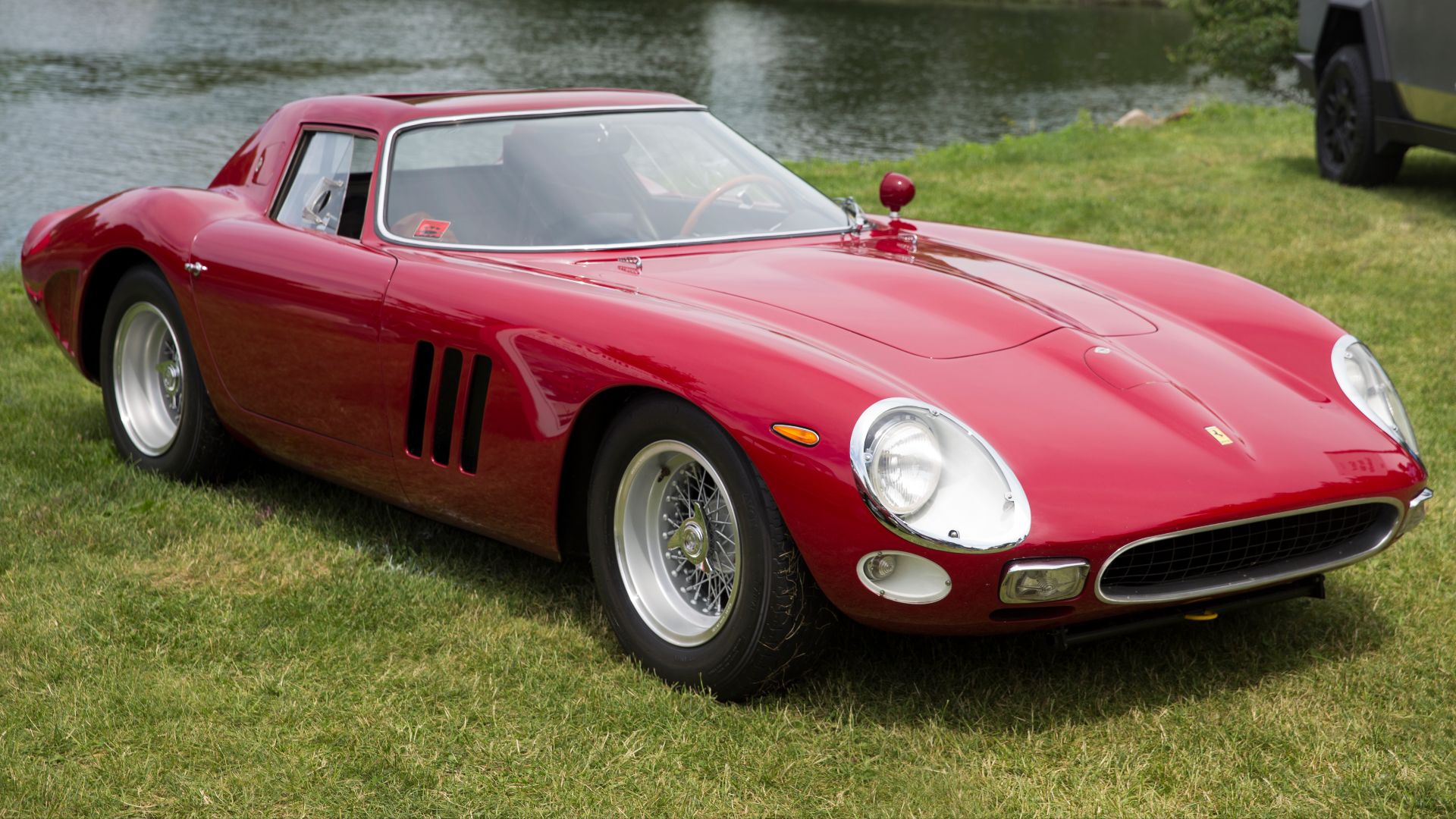 Mr.choppers, Wikimedia Commons
Mr.choppers, Wikimedia Commons
1968 Ferrari 365 GTB/4
Later in the decade, the 1968 Ferrari 365 GTB/4, also known as the Daytona, offered a powerful front-engine GT experience. With 352HP and a matching top speed of 174 MPH, it featured angular, aggressive styling that broke away from the soft curves of earlier Ferraris. The Daytona symbolized the end of an era before the company shifted focus to mid-engine layouts.
The 1970s: Experimentation and Evolution
Ferrari entered new territory in the 1970s with the 365 GT4 BB—the company's first mid-engine production car. Unveiled in 1973, the “Berlinetta Boxer” housed a flat-12 engine that produced 380HP and allowed the car to reach 188 MPH. This transition in layout marked a bold engineering evolution and set the stage for future performance innovations.
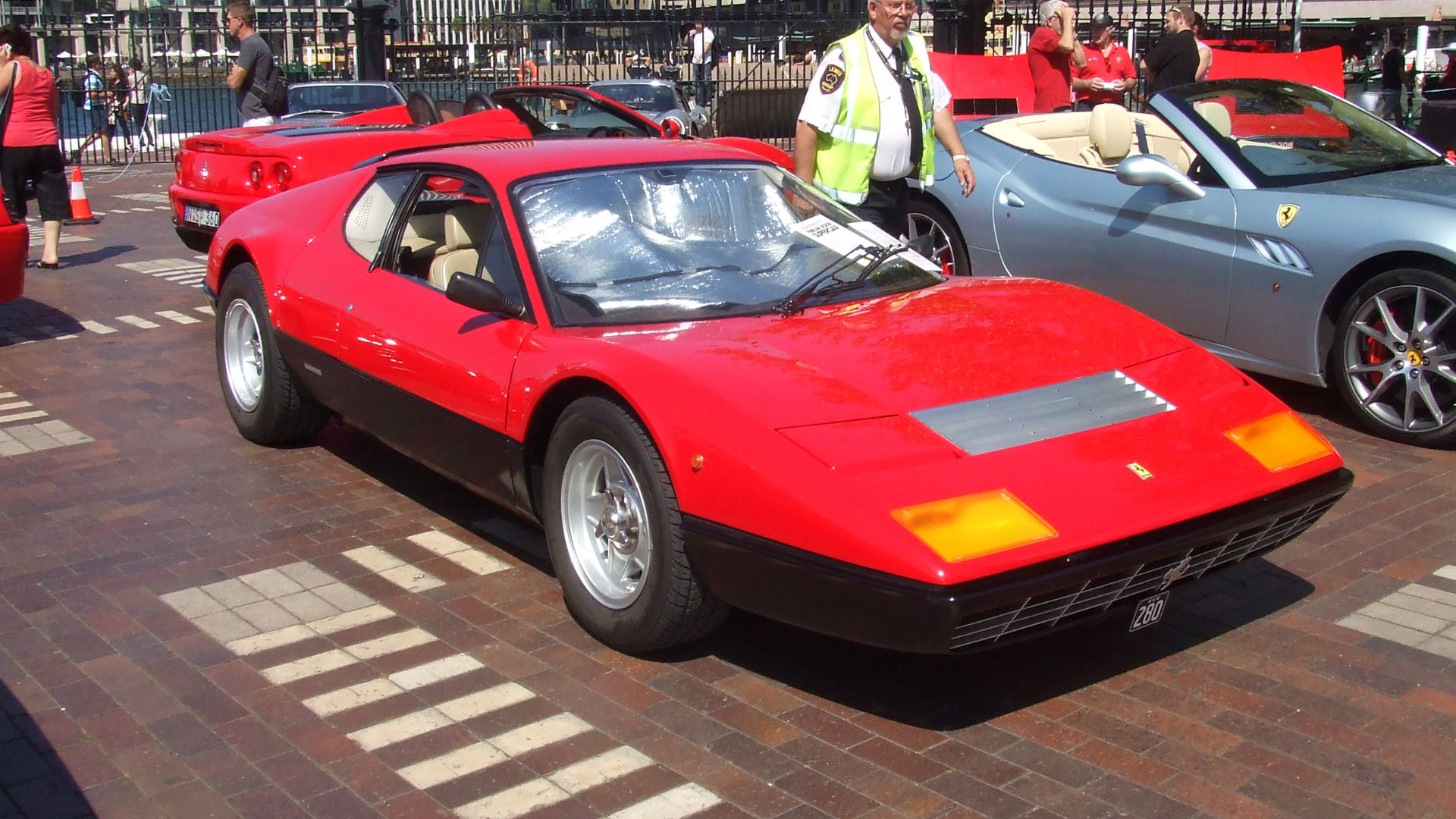 Jeremy from Sydney, Australia, Wikimedia Commons
Jeremy from Sydney, Australia, Wikimedia Commons
1975 308 GTB
Midway through the decade, Ferrari unveiled the 308 GTB in 1975. With 240 horsepower and a top speed of 149 mph, it boasted a distinctive wedge-shaped design. Early examples featured lightweight fiberglass bodies, and its TV fame through Magnum P.I. helped cement its place in pop culture history.
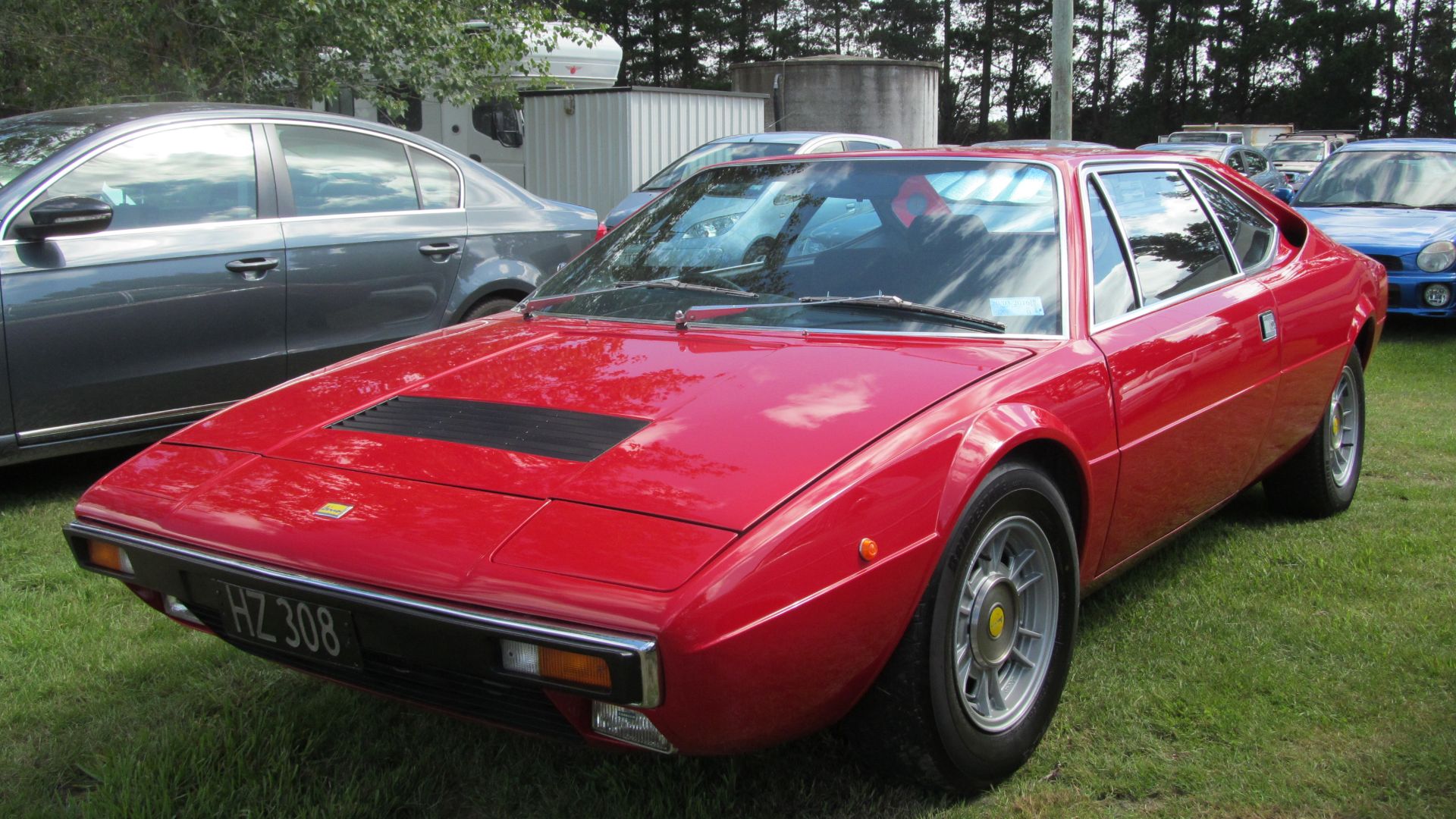 Riley from Christchurch, New Zealand, Wikimedia Commons
Riley from Christchurch, New Zealand, Wikimedia Commons
The 1980s: The Turbocharged Era
The 1980s were defined by outrageous styling and raw performance, and no car better exemplified this than the 1984 Ferrari 288 GTO. Originally conceived as a homologation model for Group B racing, the 288 GTO used a twin-turbocharged V8 producing 400HP. With a top speed of 189 MPH, it laid the groundwork for future Ferrari supercars.
1987 Ferrari F40
In 1987, Ferrari upped the ante with the F40, the last car approved by Enzo Ferrari himself. With 471HP and a top speed exceeding 200MPH, the F40 embraced weight savings and mechanical purity. Constructed from carbon fiber and kevlar, it offered no frills—just raw speed and aerodynamic precision. It remains a benchmark for analog supercars.
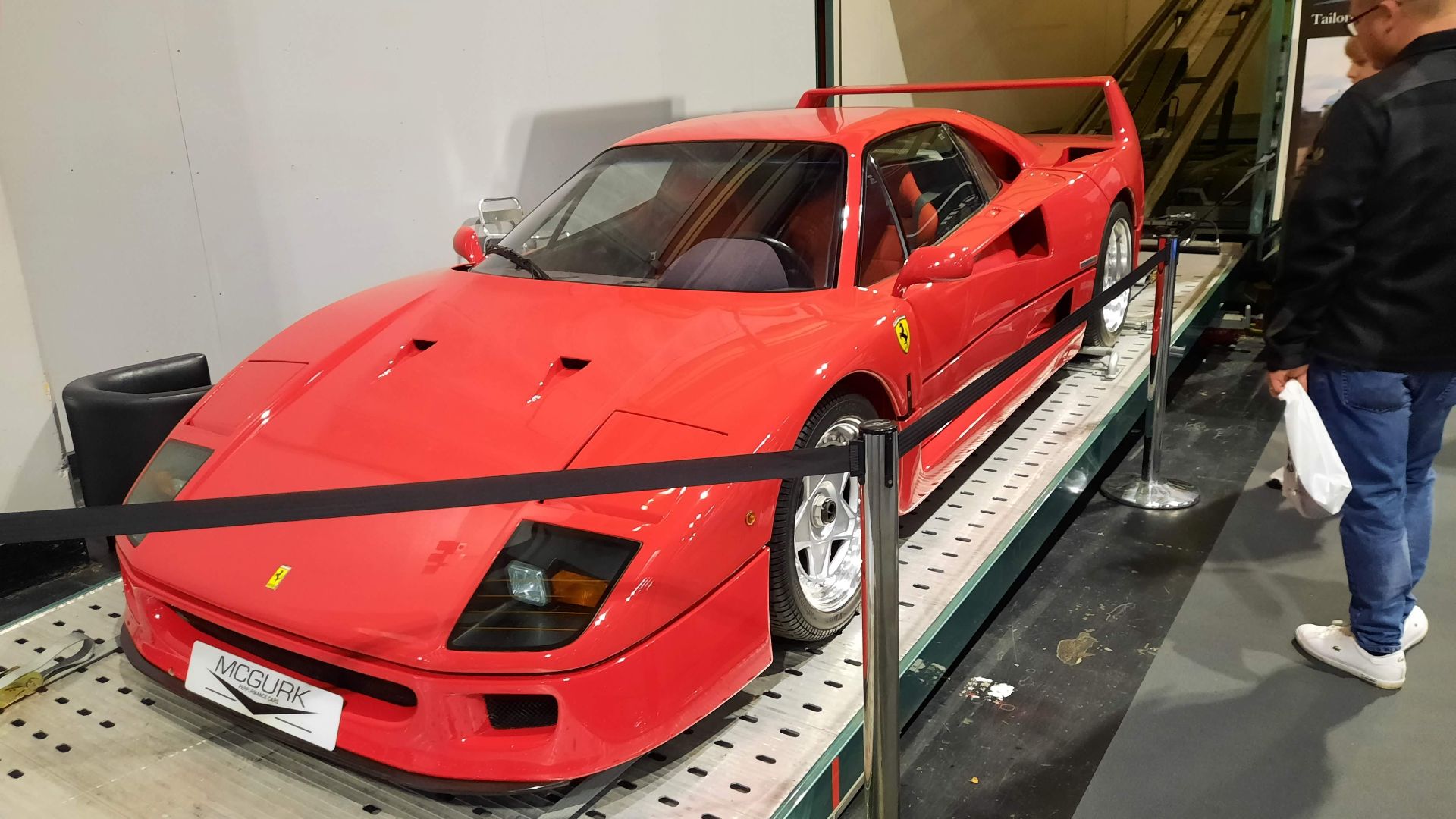 Kieran White from Manchester, England, Wikimedia Commons
Kieran White from Manchester, England, Wikimedia Commons
The 1990s: Refinement Meets F1 Technology
Entering the 1990s, Ferrari refined its flagship with the 512 TR, a successor to the Testarossa. Introduced in 1991, it delivered 428HP and a top speed of 195 MPH. While still flamboyant, the TR improved upon the Testarossa’s ergonomics, performance, and build quality.
 Jayt1980 at English Wikipedia, Wikimedia Commons
Jayt1980 at English Wikipedia, Wikimedia Commons
1995 Ferrari F50
By mid-decade, Ferrari released the F50, a spiritual successor to the F40 that brought Formula One technology directly to the road. Powered by a naturally aspirated 4.7-liter V12 derived from an F1 engine, the F50 produced 513HP and topped out at 202 MPH. Its open-top design and carbon-fiber tub made it a raw yet advanced driving experience.
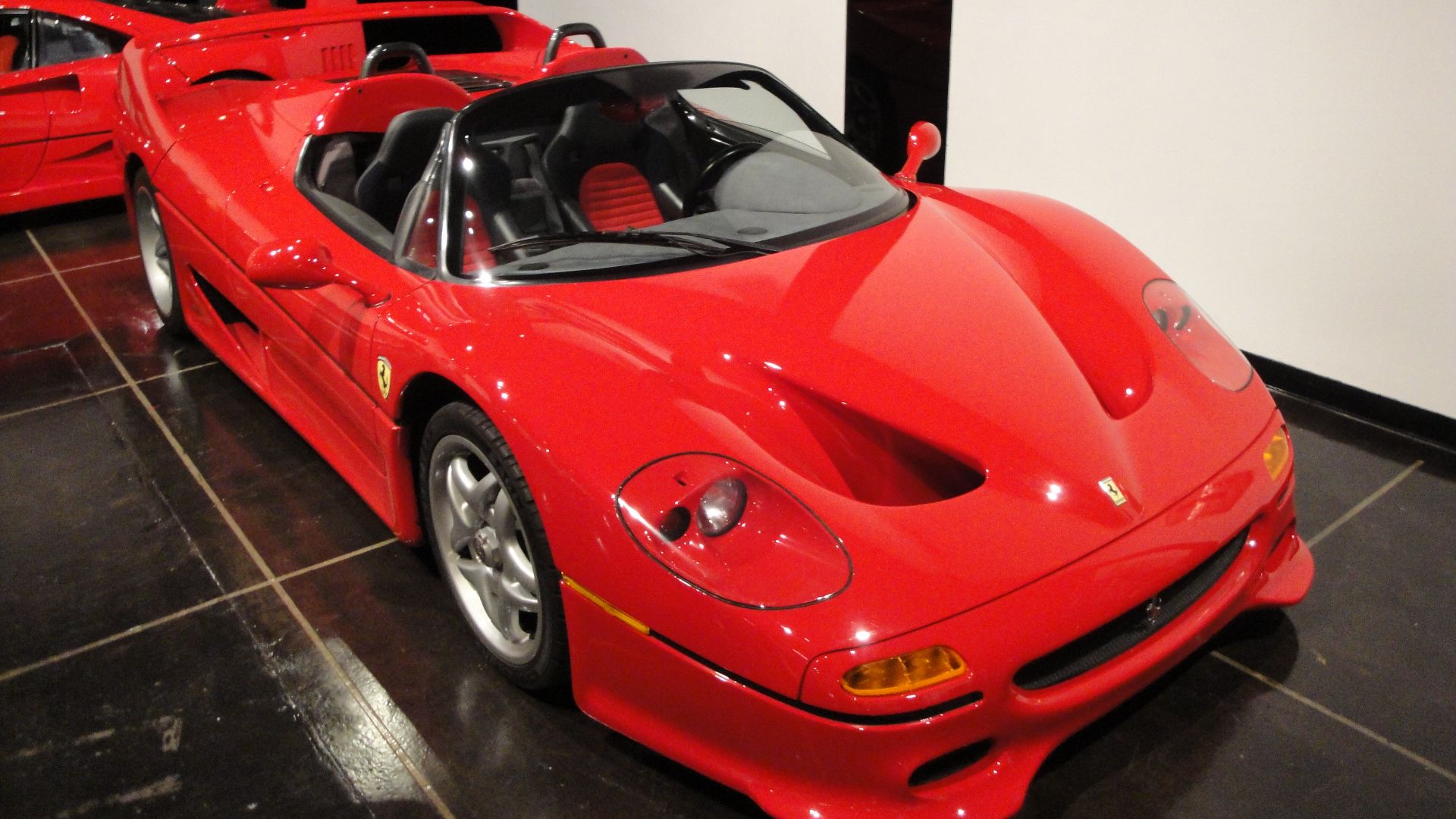 Greg Gjerdingen from Willmar, USA, Wikimedia Commons
Greg Gjerdingen from Willmar, USA, Wikimedia Commons
The 2000s: Modern Mastery
The turn of the millennium brought technological maturity to Ferrari’s lineup. The 360 Modena, produced from 1999 to 2005, featured an all-aluminum chassis and a 400HP V8 engine. It reached 183 MPH and delivered a user-friendly yet thrilling experience, setting the standard for Ferrari's modern mid-engine V8 lineage.
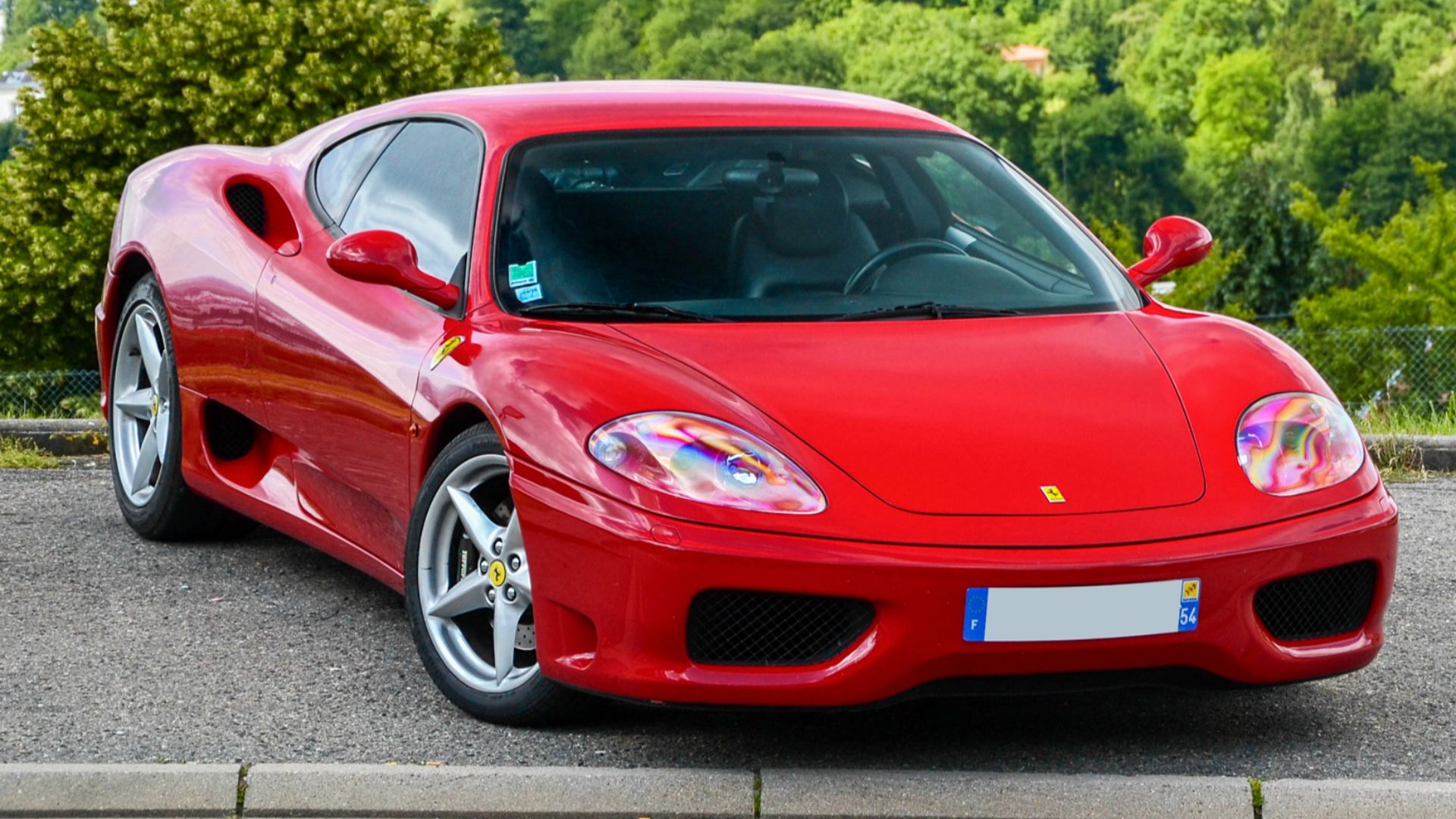 Alexandre Prévot from Nancy, France, Wikimedia Commons
Alexandre Prévot from Nancy, France, Wikimedia Commons
The Greatest Ever Ferrari: The Enzo
The pinnacle of this era came in 2002 with the release of the Ferrari Enzo. Named after the company’s founder, it featured a 6.0-liter V12 producing 651HP and reached 218 MPH. With F1-derived paddle shifters, a carbon-fiber chassis, and advanced aerodynamics, the Enzo was a technological tour de force that redefined what a supercar could be.
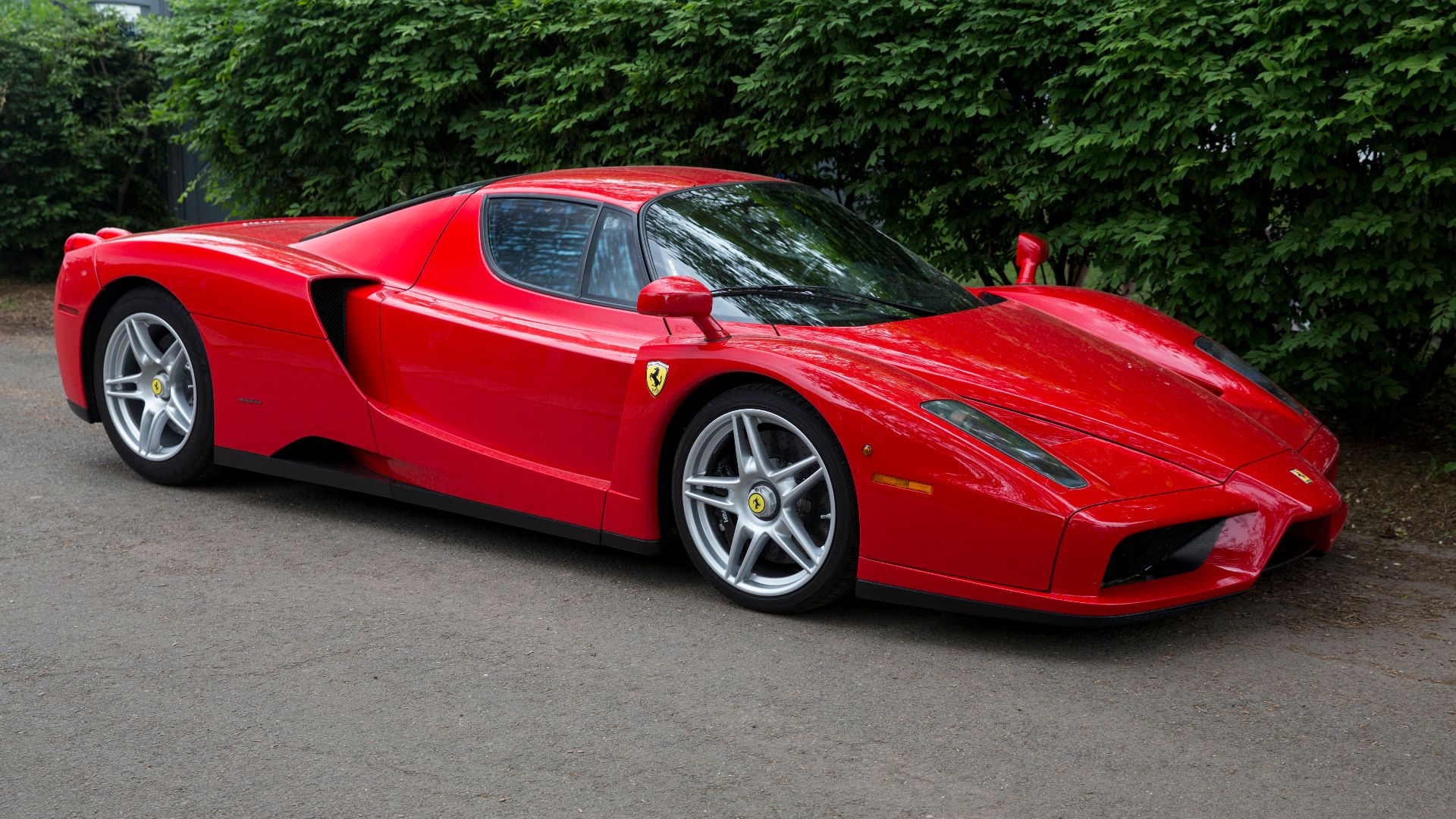 Mr.choppers, Wikimedia Commons
Mr.choppers, Wikimedia Commons
The 2010s: Innovation Without Compromise
Ferrari kicked off the 2010s with the 458 Italia, a mid-engine V8 masterpiece with 562HP and a top speed of 210 MPH. Featuring a dual-clutch transmission, refined aerodynamics, and one of the best-sounding engines ever made, the 458 was hailed as a high point of naturally aspirated engineering.
The First Hybrid Hypercar: LaFerrari
Ferrari’s most ambitious leap came in 2013 with the LaFerrari, a hybrid hypercar that merged sustainability with sheer performance. It's a 6.3L V12, paired with an electric motor via a KERS system, delivering 950HP. Capable of speeds over 217 MPH, it featured active aerodynamics, a carbon-fiber tub, and futuristic styling. The LaFerrari was limited to 499 coupes and 210 convertibles. The rarity made it popular, banishing naysayers or Ferrari purists to the back of the line.
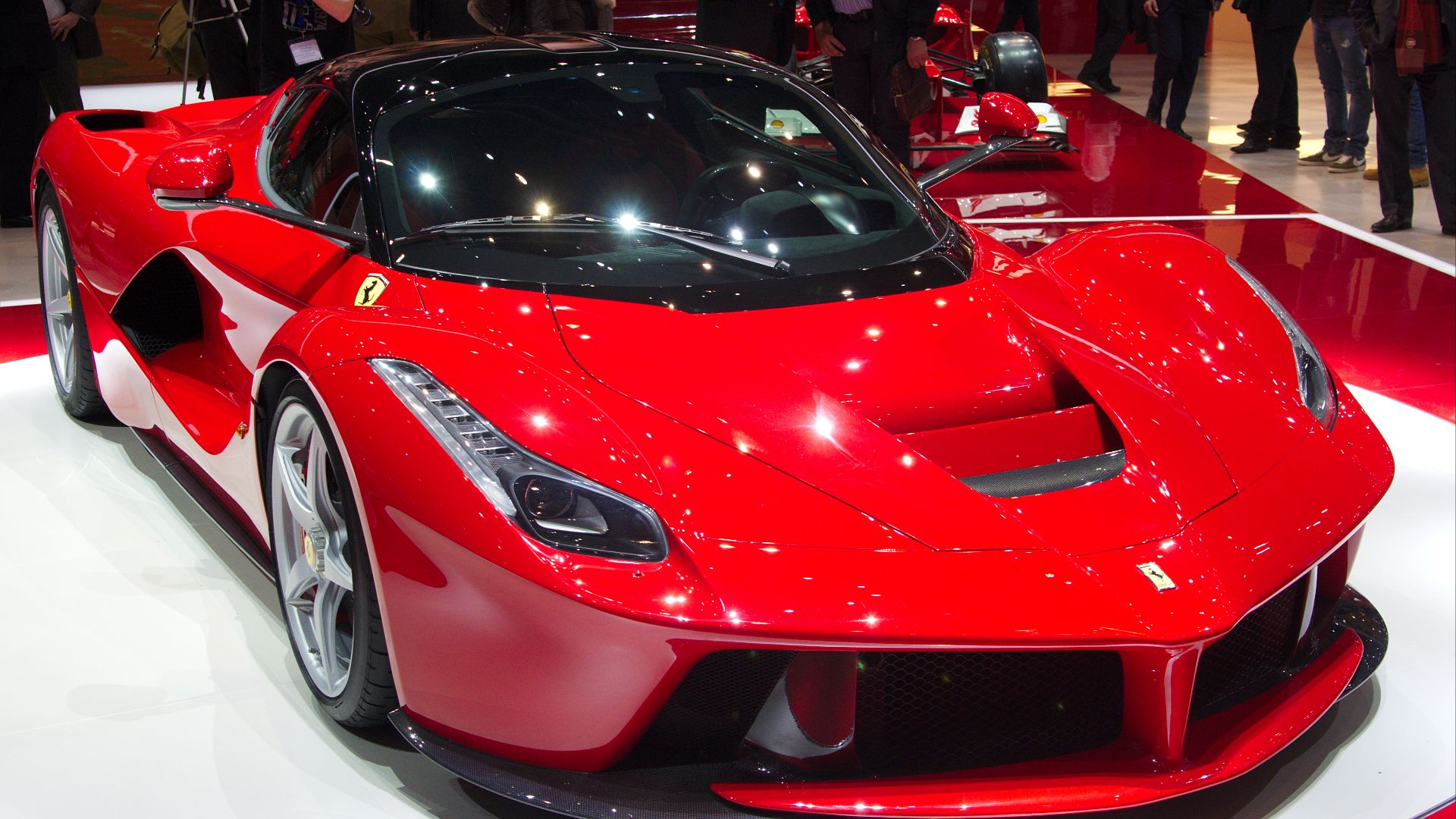 Clément Bucco-Lechat, Wikimedia Commons
Clément Bucco-Lechat, Wikimedia Commons
The 2020s: The Electrified Frontier
Ferrari entered the electric age with confidence through the SF90 Stradale in 2020. As the company’s first plug-in hybrid, it combined a 4.0L twin-turbo V8 with three electric motors, resulting in 986HP. It could sprint from 0–60 MPH in just 2.5 seconds and reach a top speed of 211 MPH. The SF90 Stradale signified the direction that Ferrari wished to go in the 2020s: stylish, speedy hybrids.
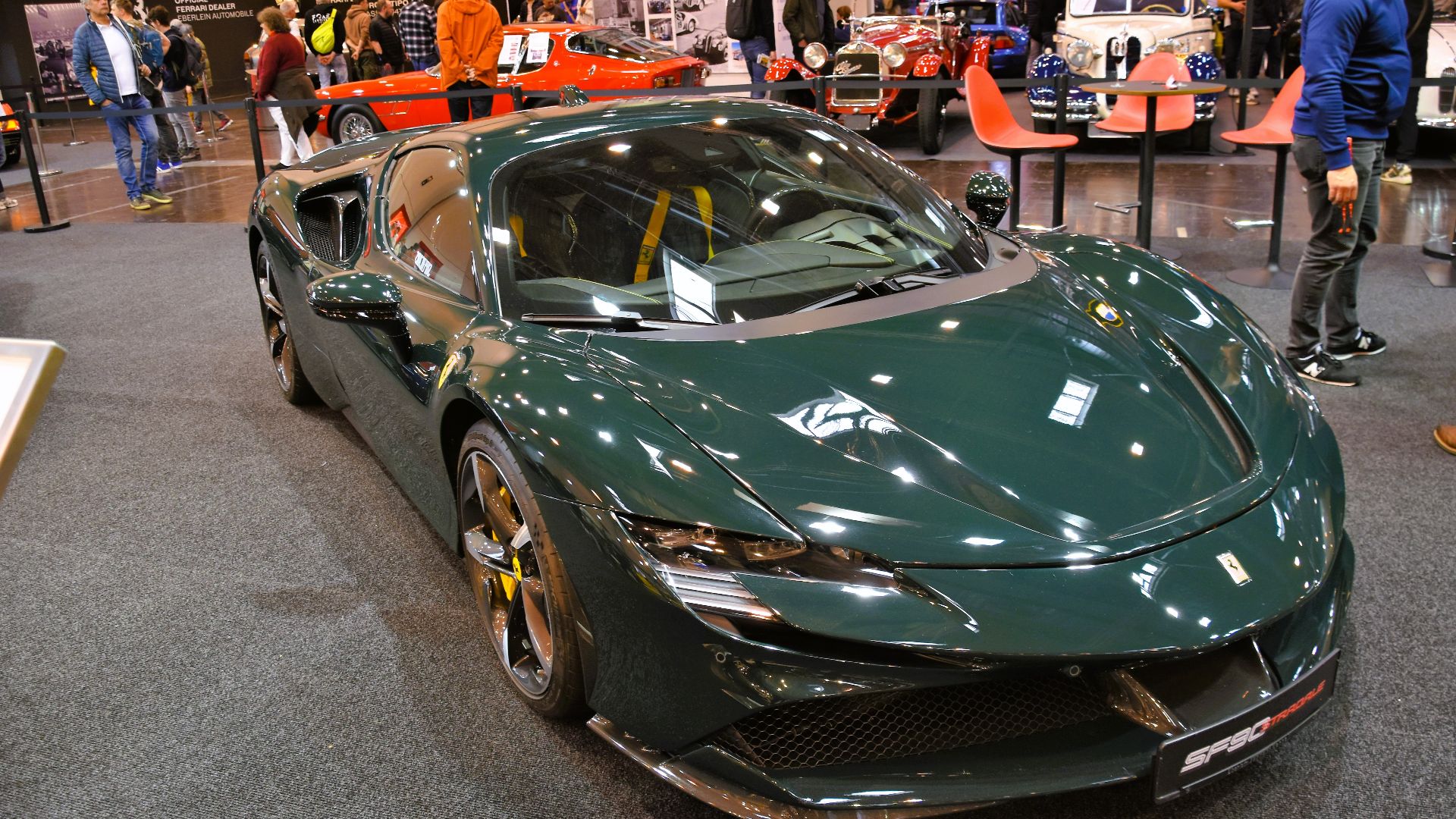 Charles from Port Chester, New York, Wikimedia Commons
Charles from Port Chester, New York, Wikimedia Commons
An Electrifying Driving Experience: The 2022 296 GTB
In 2022, Ferrari introduced a brand-new hybrid, the 296 GTB. A combination of engines: a 3.0L twin-turbo V6 and an electric motor produced 819HP. It accelerated to 60 MPH in 2.9 seconds before reaching a top speed of 205 MPH. The 296 GTB was a huge step in the right direction for Ferrari and the planet, setting the tone for a future of hybrid hypercars.
How Ferrari's Design Has Changed Through The Years
Ferrari has long been associated with crafting the most exquisite motors. From the early days of racing domination to the modern hybrid generation, Ferrari's focus on speed, power, and elegance, while remaining true to Enzo Ferrari's vision for the company, has kept them in the driver's seat of innovation in the automotive industry.
Ferrari's Changing Legacy By The Decade
The early years focused on conquering race tracks (with great success!), the mid-century cars were freedom-focused grand tourers, while the modern lineup blends extreme performance with digital intelligence. Yet the core DNA—passion, beauty, and the pursuit of speed—has remained unshaken for over 75 years.
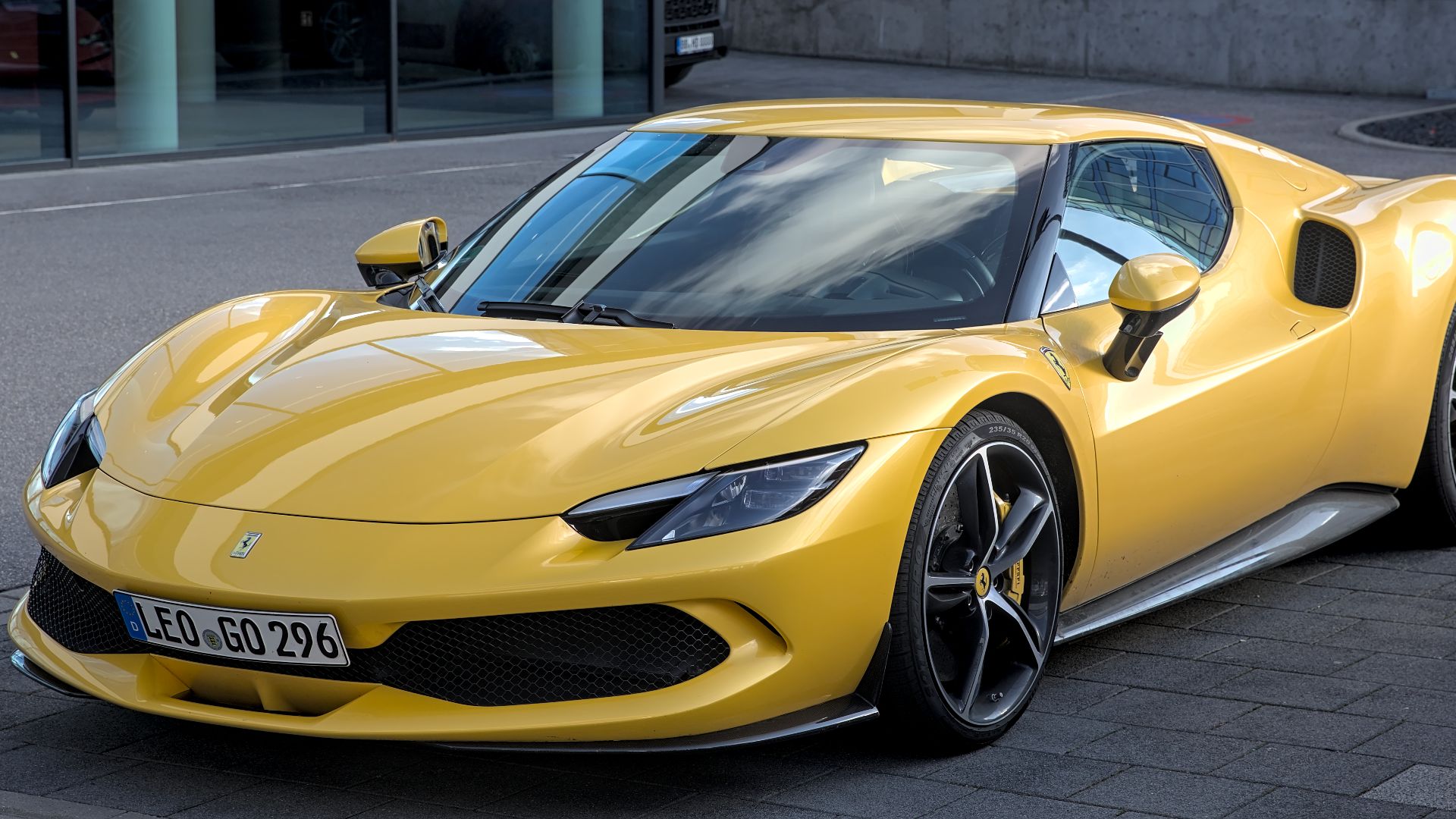 Alexander Migl, Wikimedia Commons
Alexander Migl, Wikimedia Commons
Some Honorable Mentions
For all of the amazing Ferraris we know of, there are a few that seem to fly under the radar. For example, the Dino 246 GT, though not badged as a Ferrari, embodied purity in design and handling during the 1970s. Fast-forward a few decades, and Ferrari introduced the Monza SP2 as an open-top racecar powered by a V12 engine that produced 810HP and could hit 60 MPH in just 2.9 seconds. The aluminum frame of the Dino was replaced by carbon fiber and 50 years of technological innovation was brought to bear on the Monza, making it a symbol of Ferrari's racing DNA.
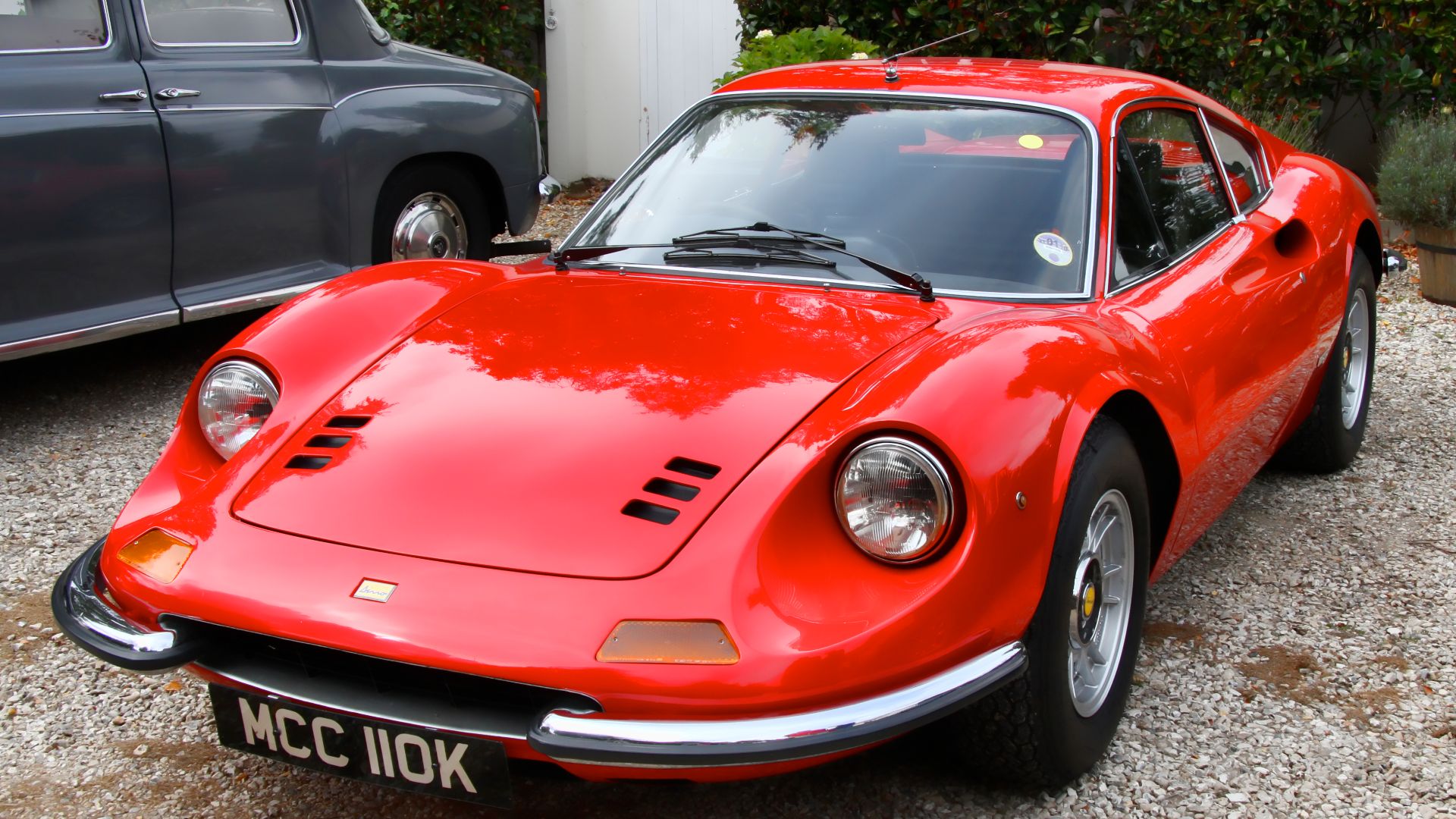 Brian Snelson, Wikimedia Commons
Brian Snelson, Wikimedia Commons
A Legacy Of Excellence: Thanks, Enzo
Ferrari is widely seen as one of the most innovative companies in history. It stretched the definition of possible through Enzo Ferrari's fierce, competitive leadership style and was the driving force behind Fomula One, achieving remarkable success. Never forgetting it's roots, Ferrari is always innovating, with change being the only constant.
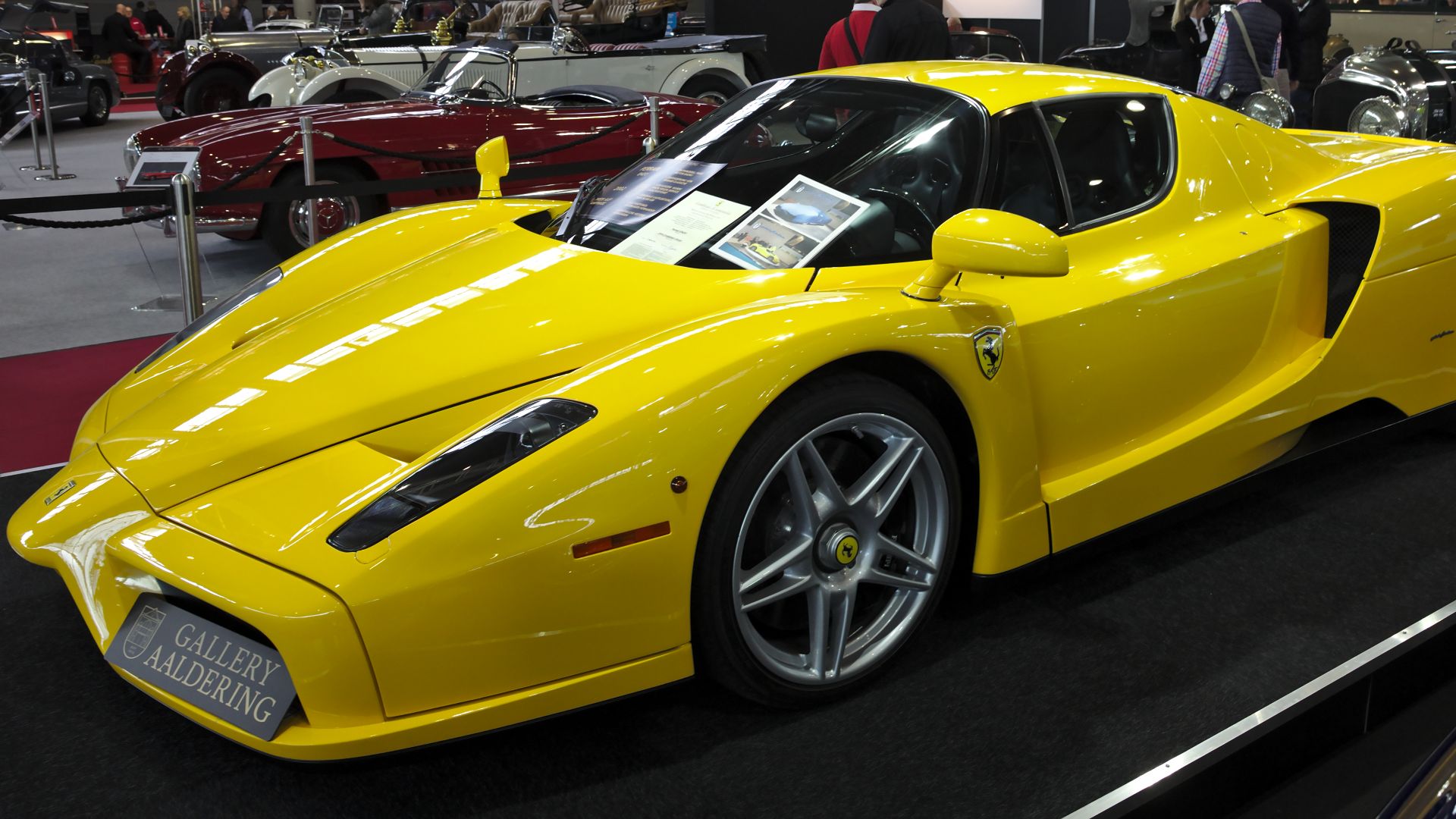 Alexander Migl, Wikimedia Commons
Alexander Migl, Wikimedia Commons
You May Also Like:
The Ultimate Guide To Ferrari's "Special Projects" Cars
Ferrari Flops: The Best Of The Worst Prancing Horses


